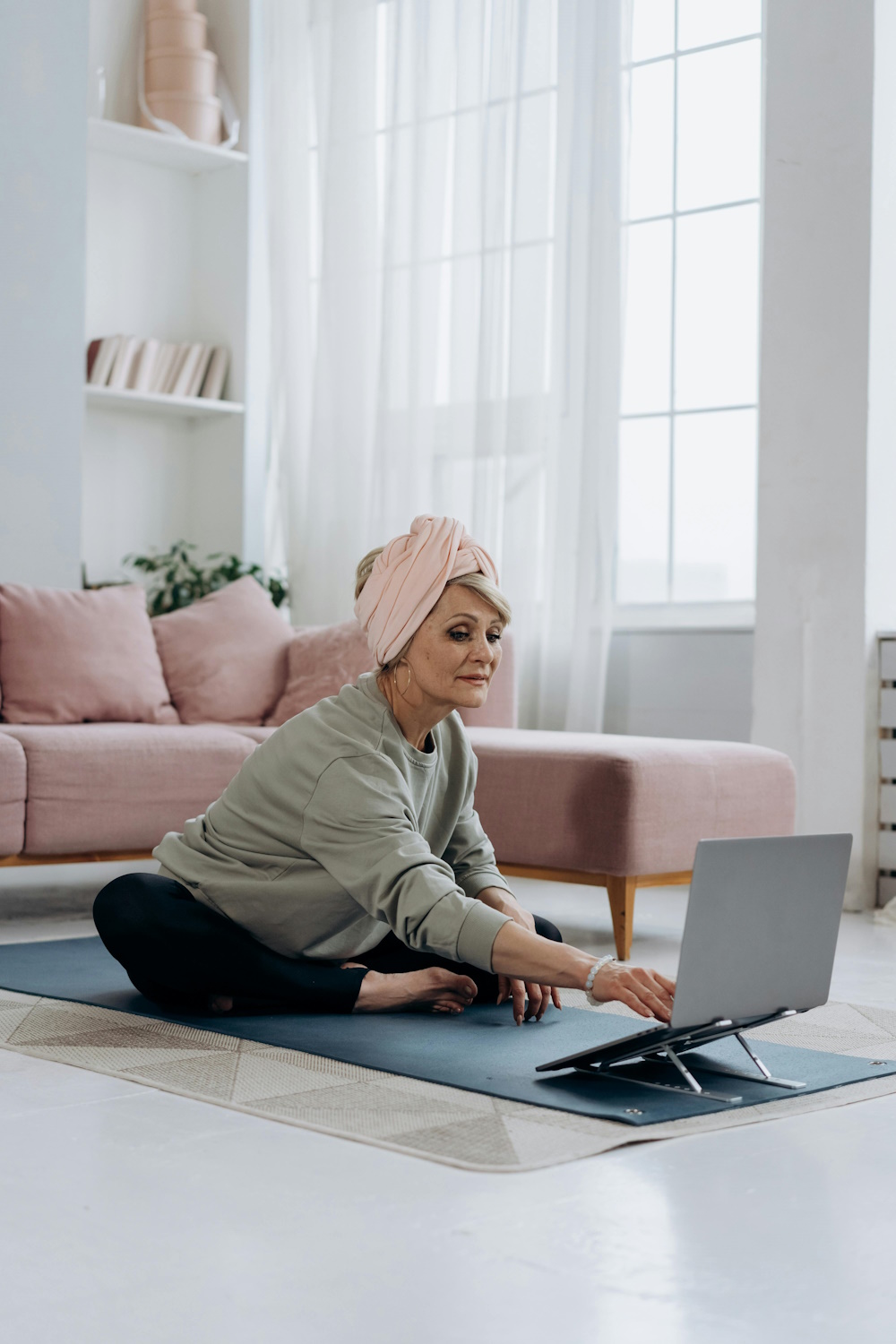Pilates is a popular exercise method known for its ability to improve core strength, flexibility, and overall fitness. When embarking on a Pilates challenge program, individuals often face the choice between online and in-person classes. Both options offer unique benefits and considerations. In this guide, we will compare online and in-person Pilates challenge programs, helping you make an informed decision based on your preferences and goals.
Is online Pilates effective?
Online Pilates programs can be highly effective when approached with dedication and the right resources. Here are some key factors to consider:
1. Accessibility: Online Pilates offers unparalleled accessibility. You can practice from the comfort of your home or while traveling, making it convenient for those with busy schedules or limited access to in-person classes.
2. Variety of Classes: Online platforms often provide a wide range of Pilates classes, catering to various skill levels and goals. This variety allows you to choose classes that suit your needs.
3. Flexible Scheduling: With online Pilates, you have the flexibility to choose when you practice, allowing you to fit workouts into your daily routine.
4. Self-Motivation: Online programs require self-motivation and discipline. To succeed, you need to be consistent and committed to your practice.
5. Equipment: Some online Pilates programs may require specific equipment, such as a mat or resistance bands. Ensure you have the necessary tools before starting.
What is considered the hardest Pilates workout?
The intensity of a Pilates workout can vary based on factors like the exercises performed, the instructor’s approach, and individual fitness levels. However, some advanced Pilates workouts are generally considered more challenging. These may include:
1. Advanced Reformer Workouts: Utilizing the Pilates reformer machine, advanced workouts incorporate complex movements that target multiple muscle groups simultaneously.
2. High-Intensity Interval Pilates (HIIP): A fusion of Pilates and high-intensity interval training, HIIP workouts challenge both strength and cardiovascular fitness.
3. Advanced Mat Pilates: These workouts require a strong core and often involve intricate movements and balance challenges.
4. Pilates with Props: Incorporating props like resistance bands, stability balls, and magic circles can add complexity to Pilates workouts.
5. Advanced Pilates Apparatus Work: Utilizing equipment like the Cadillac, Wunda Chair, and Ladder Barrel, advanced apparatus workouts demand a high level of control and coordination.
How many times a week should I do Pilates to see results?
The frequency of Pilates sessions required to see results can vary from person to person, depending on your fitness goals and other physical activities you engage in. However, a general guideline is as follows:
1. Consistency: To experience noticeable results, aim for at least 2-3 Pilates sessions per week. Consistency is key to building strength and improving flexibility.
2. Supplement with Other Activities: Pilates can complement other forms of exercise. Combining it with activities like cardio, yoga, or strength training can enhance overall fitness.
3. Listen to Your Body: Pay attention to how your body responds to Pilates. If you feel fatigued or experience muscle soreness, allow time for recovery between sessions.
4. Progressive Challenge: As you become more proficient, consider increasing the frequency or intensity of your Pilates workouts to continue seeing progress.
Is Pilates really as good as everyone who does Pilates says it is?
The enthusiasm of those who practice Pilates is often well-founded, as Pilates offers numerous benefits, including:
1. Improved Core Strength: Pilates places a strong emphasis on core muscles, leading to better posture and reduced risk of back pain.
2. Enhanced Flexibility: Regular Pilates practice can increase flexibility, making daily movements easier and reducing the risk of injury.
3. Better Posture: Pilates exercises promote body awareness and alignment, which can lead to improved posture.
4. Stress Reduction: The focus on mindful movement and breathing can help reduce stress and promote relaxation.
5. Adaptability: Pilates can be modified to accommodate various fitness levels, making it accessible to a broad range of individuals.
In conclusion, the choice between online and in-person Pilates challenge programs ultimately depends on your preferences, lifestyle, and goals. Online Pilates can be effective, offering accessibility and flexibility, while in-person classes provide hands-on guidance and interaction with instructors. The hardest Pilates workout varies from person to person, and frequency depends on individual goals and preferences. However, the positive testimonials from Pilates enthusiasts often reflect the numerous physical and mental benefits this exercise method can offer. Whether you choose online or in-person Pilates, the key is to find an approach that suits your needs and helps you achieve your fitness goals.
